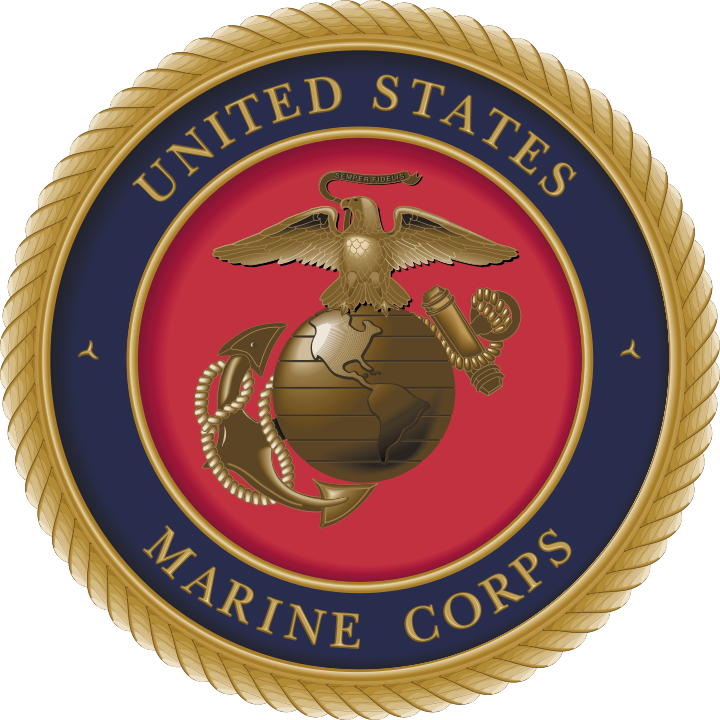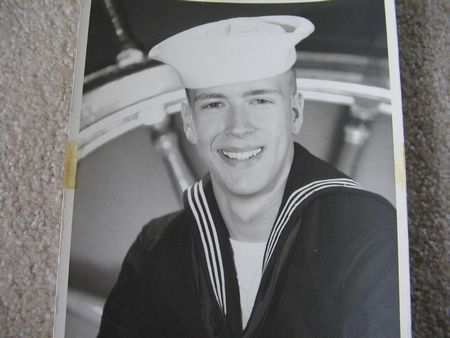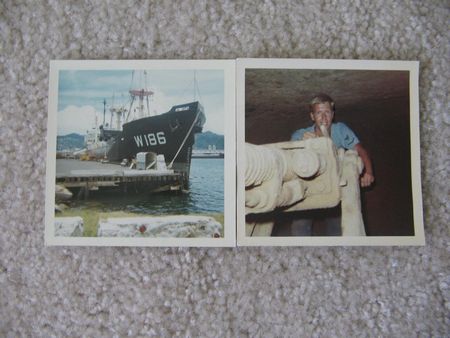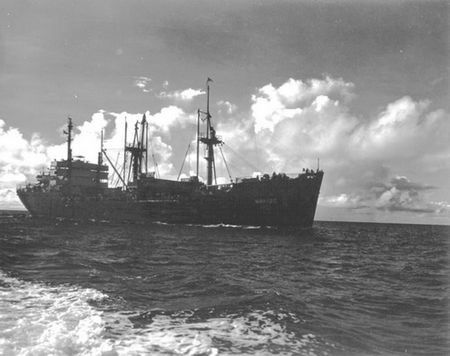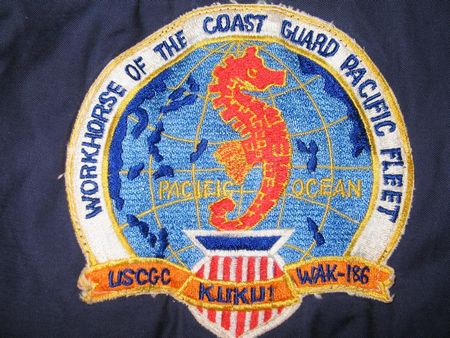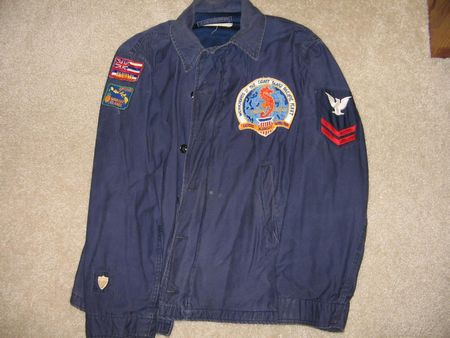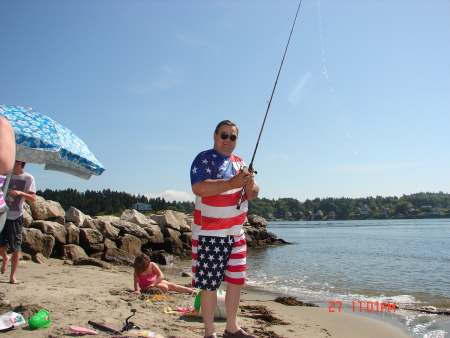ABOUT I was barrack in Bath:Brunswick Maine, Okinawa Japan & Camp Pent California
```html
-
Bath, Maine (Bath Iron Works / Naval Barracks):
- Bath Iron Works, established in 1884, is one of America's most famous shipyards, known for building destroyers for the U.S. Navy.
- During World War II, Bath produced 82 destroyers—more than any other U.S. shipyard at the time.
- The city of Bath is nicknamed "The City of Ships" due to its long history of shipbuilding dating back to the 18th century.
- Bath Iron Works built the USS Zumwalt (DDG-1000), the lead ship of the futuristic Zumwalt-class destroyers, launched in 2013.
-
Brunswick, Maine (Naval Air Station Brunswick):
- NAS Brunswick operated from 1943 to 2011, playing a key role in anti-submarine warfare and maritime patrol over the North Atlantic.
- The base hosted P-3 Orion aircraft, critical in tracking Soviet submarines during the Cold War.
- NAS Brunswick was briefly mothballed after WWII, but reactivated during the Korean War due to rising tensions.
- The base supported numerous humanitarian missions, including after hurricanes and during the 2010 Haiti earthquake.
-
Okinawa, Japan (U.S. Military Bases):
- Okinawa hosts about 30,000 U.S. service members, making it one of the largest concentrations of U.S. forces in Asia.
- During the Battle of Okinawa in 1945, it became the bloodiest battle of the Pacific War, leading to a strong U.S. presence post-war.
- Marine Corps Base Camp Foster and Kadena Air Base are among the most strategically important U.S. installations in the Pacific.
- The “Ryukyu Islands” campaign, in which Okinawa was central, was crucial for launching further operations during WWII.
- Okinawa bases have served as key logistics hubs for operations in Korea, Vietnam, Afghanistan, and Iraq.
-
Camp Pendleton, California:
- Camp Pendleton, established in 1942, is the major West Coast base of the U.S. Marine Corps, spanning over 125,000 acres.
- It is named after Major General Joseph H. Pendleton, a prominent advocate for Marine bases on the West Coast.
- The base was rapidly constructed in just a few months to train Marines for WWII amphibious operations.
- Camp Pendleton has been the training ground for every major Marine Corps operation since WWII.
- It is home to historical landmarks, including the Santa Margarita Ranch House, which dates back to the Rancho era of California.

